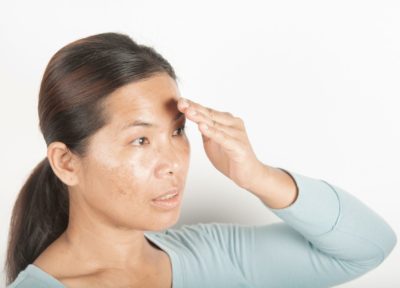This service or treatment is generally covered by most health insurance policies. You are responsible for checking your insurance policy cover, and you may need a referral letter. Check which insurance companies are covered.
Our consultants are all either heads of service at London teaching hospitals, or have played major roles in clinical innovation, employing their collective expertise, knowledge and deep experience to deliver the best care possible.







